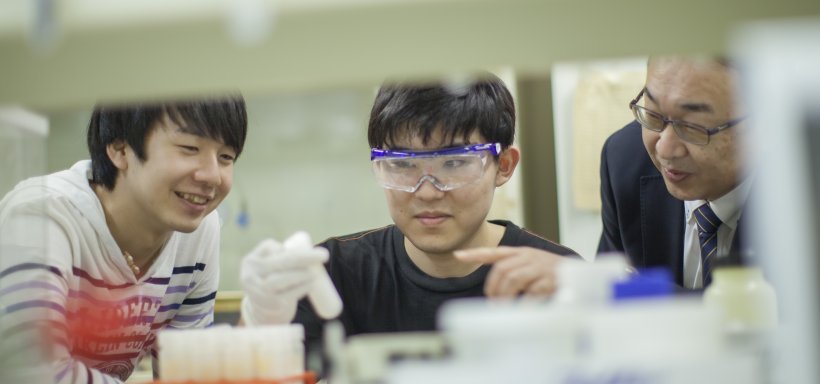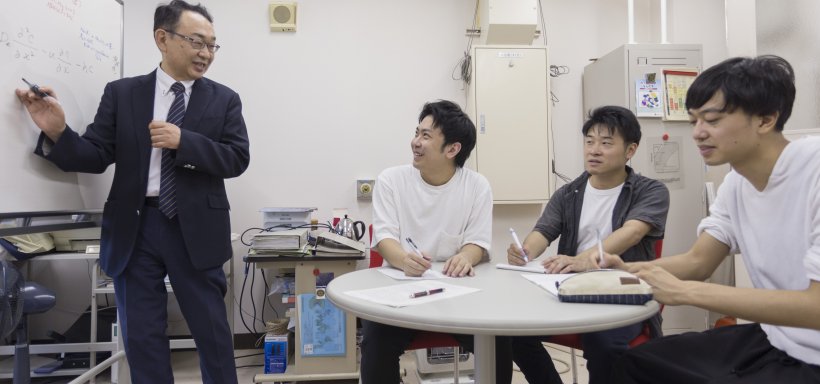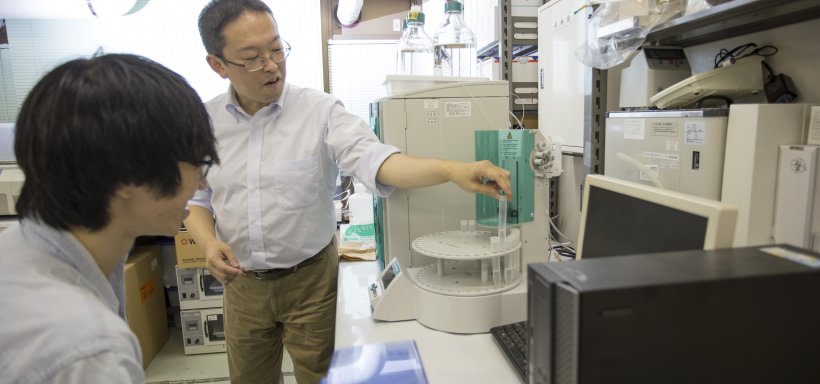The ongoing problem of 'High and low-level radioactive waste'. Building a secure, safe and stable disposal system for storing radioactive wastes – the research that the future depends on.
Think of the "barriers" which isolate radioactive waste and human society
Science and technology bring enormous profit and productivity to our society and standard of living, but they also yield disadvantages and create issues which need to be solved, such as the radioactive waste generated from nuclear plants and nuclear fuel cycle facilities. According to the current plan for the disposal of radioactive wastes, wastes that contain radionuclides are separated into high-level radioactive waste and low-level radioactive waste. High-level waste can be disposed of geologically burying (geological disposal) more than 300 meters underground after being solidified into a stable form (vitrification) and kept in storage for about 50 years. Low-level waste is separated into three categories based on its radioactivities level and properties. They are disposed by "near-surface trench disposal," "near-surface pit disposal" and "intermediate depth disposal," from the least radioactive of the three categories respectively. All these are methods to guarantee safety by sealing the waste in concrete and burying them in the ground. The things that have the function of isolating the radioactive wastes from our living environment are called "barriers." There are two kinds of barriers: those made of natural resources such as soil and geological formations, and those produced by engineering such as solidification substances, containers, structures and fillers.
In the Niibori Laboratory, we focus on the research of the construction of safe and economic disposal and for radioactive wastes and evaluation of ultra-long term disposal system performance, based on an understanding of underground migration behavior (of mass and heat transfer and chemical reaction) taking into consideration their effects on underground structures. We make our approach with an updated perspective by actively adapting aplicable technology and know-how especially from the study and development of stable barrier materials which utilize the interactions of cement-based materials and nuclides.





 Associate Professor
Associate Professor Assistant Professor
Assistant Professor